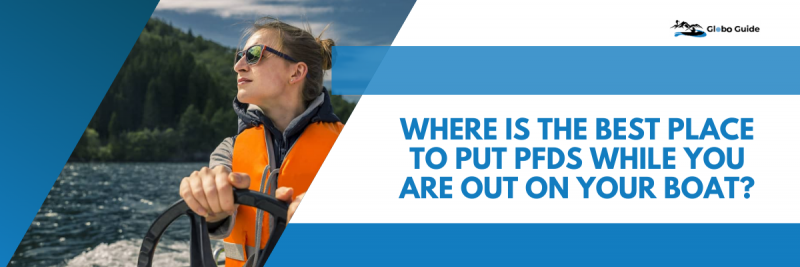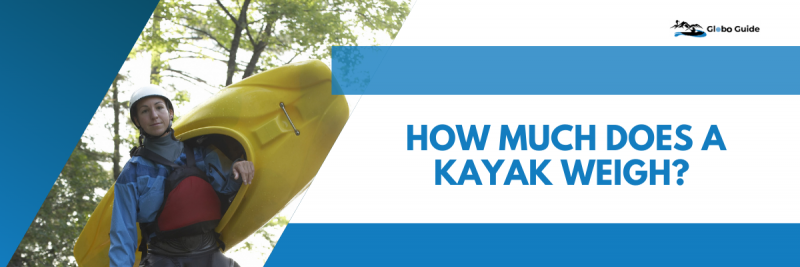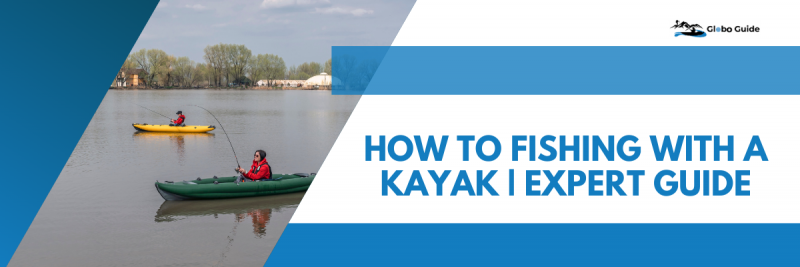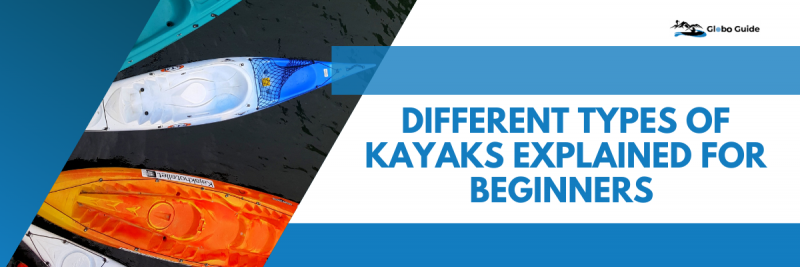Are you within the middle of a boating education exam or a boating and nautical test? If so, then one among the questions you would possibly be trying to answer is that the commonly asked query “Where Is The Best Place To Put Pfds While You Are Out On Your Boat?” you’ll read the foremost current and proper answer below in bold.
The best place to put PFDs while on your boat is on the highest deck of your boat. The PFDs should be placed in a neighborhood where it’s easily accessible, especially in times of accidents, without unnecessary equipment or objects covering the PFDs, but it’s better to wear a life vest for the whole duration of the boat trip.
What are PFDs?
A personal flotation device (PFD) is a piece of floating equipment that’s attached to the boat for your safety. Its purpose is to permit the person wearing it to float within the water with ease and stop them from drowning.
PFDs are available a spread of colours, features, and sizes. The dimensions is set consistent with the one that wears them. The opposite functions vary counting on the extent of security and protection that they’re going to be required.
There is a particular type with additional thermal protection if you’re getting to enter cold water, another type if you’re getting to use it for water sports, and so on.
What are the differences between PFDs and life jackets?
Life jackets and PFDs serve an equivalent purpose. Both are designed to stop people from drowning, whether conscious or unconscious. However, there are some characteristics that differentiate them.
Life Jacket
Life jackets have more buoyant power than PFDs because their main design ensures that the person wearing them doesn’t stay face down within the water. Albeit that person is unconscious, the buoyant material on the front of the life vest flips him over in order that his face is above the water.
The color of life jackets is restricted to red, orange or yellow only. It should even have a whistle attached to facilitate rescue.
PFD
There are 5 official sorts of PFD. all has different characteristics to guard you from cold water, speed, and powerful winds. They’re used mainly by recreational boaters and people who know the way on a ship.
PFDs are available a variety of different colors. Although it’s reflective material, it’s best if you select a color that’s bright and may be easily seen within the water.
The material that creates them float is at the rear. This feature makes it easier and fewer awkward to maneuver around while wearing them. It also makes floating within the dry a challenge.
PFDs are very practical to use with all water sports activities. Here are some examples:
- Water skiing
- Surfing
- Canoeing
- Kayaking
- Sailing
- Rowing
- Fishing
- Paddleboarding
- Parasailing
- Snorkeling
Important Life Jacket Requirements to Remember
The U.S. coast requires that:
- You need a portable PFD for every person onboard your boat, and it must be the proper size. Four adults and two children? You would like four PFDs for adults and PFDs for 2 children.
- If your boat is longer than 16 feet, you’ll also need a minimum of one type 4 PFD, thrown, on board.
- And if your PFD is in poor condition, for instance, if its rips or tears, it’s not considered approved.
Additional PFD Requirements
Here are some more important rules to recollect when it involves PFD.
- First, if you’re operating or riding a personal watercraft, you want to use an approved PFD.
- Second, if you’re towed behind a ship, it’s considered “on board.” Four people on the boat and one on waterskiing? You’ll need five approved PFDs on board
- Lastly, inflatable PFDs aren’t approved to be used by users under the age of 16. They’re also not approved for top impact activities like water skiing or operating a private watercraft.
Testing Life Jackets and PFDs
Try on your life vest occasionally by stepping into the water up to your chest, bending your knees, and floating on your back. Confirm your life vest keeps your chin out of the water and is straightforward to breathe.
Children should be encouraged to wear their life jackets or PFDs in the least times. Make certain to undertake them out before they’re needed, and confirm your child knows the way to use theirs.
Take special precautions with children under consideration.
A child’s head, by weight, is quite his total weight than an adult. This may affect the performance of the life vest.
Many life jackets, although certified, won’t protect children during a fall overboard and should not float them on their backs.
Children tend to panic at flotation devices, in order that they must be tested before they’re needed.
Children under 9 kg don’t get to wear life jackets or PFDs.
Flotation devices aren’t a substitute for adult supervision.
Putting on a Flotation Device in the Water
- Extend the open device with the inside facing up out of the water;
- Turn the device to seem at the neck opening;
- Extend both arms through the arm openings;
- Raise your arms over your head;
- Place the device around your upper body;
- Hold the device for a cosy fit.
It is vital to regularly check personal floating devices for his or her characteristics and also to form sure that they’re going to keep people afloat if necessary. We recommend that you simply show them the way to use this kit in an emergency.
Maintaining your Life Jackets and PFDs
If you’re within the habit of cleaning your personal flotation devices, they’re going to keep them in better shape and maintain their serviceability. They will not got to get replaced as often either, so you’ll save money!
How to Maintain Your Life jacket:
- Use environmentally friendly soap and water (mild strength).
- Rinse the vest to thoroughly remove the soap.
- Never dry-clean or use strong detergents, gasoline, or chemicals as cleaners.
- Air-dry your vest out of direct sunlight and away from direct heat sources.
How to Choose a Life Jacket or PFD
When choosing a life jacket or PFD, you ought to consider the following:
- Check the label or seal to verify that the flotation device is approved by the Coast Guard, Transport Canada, the Coast Guard, or Fisheries and Oceans.
- Choose one that suits the sort of browsing activities you’ll be doing. Will you be wake boarding? Does one operate a PWC? Fishing?
- Check that the life jacket or life jacket is acceptable for his or her size and weight (if a boater falls overboard when wearing a life jacket that’s too small, it’s going to not support that person’s weight)
- Check that it fits snugly but is comfortable to wear and allows freedom of movement.
- If you purchase a life jacket or life jacket for somebody else, please confirm it fits well
Safe Boating Tip: If you’re during a smaller open boat (such as a little fishing boat), other boaters may find it difficult to ascertain you. Choosing a brightly colored flotation device will assist you be more visible to others.
What are the best PFDs for children?
The most important safety features to look for in a child & infant life jacket or personal flotation device (PFD)
- Grab Strap
- Larger Collar or Head Support
- Proper Size For Child’s Weight
- Label Stating Coast Guard Approved
- Sturdy And Rust-Proofzipper
- Safety Strap Prevents Going Over Child’s Head
- Strong Buckle With A Safety Strap
Conclusion
Being a responsible boat owner, or if you’re simply enjoying a soothing day on a ship, means you ought to check all the rules and rules regularly.
It also means you now know the solution to the question: Where Is The Best Place To Put Pfds While You Are Out On Your Boat?
Keeping up so far with safety information and legal changes is significant to your safety and therefore the safety of everyone on the boat, also because the safety of the boat itself.



